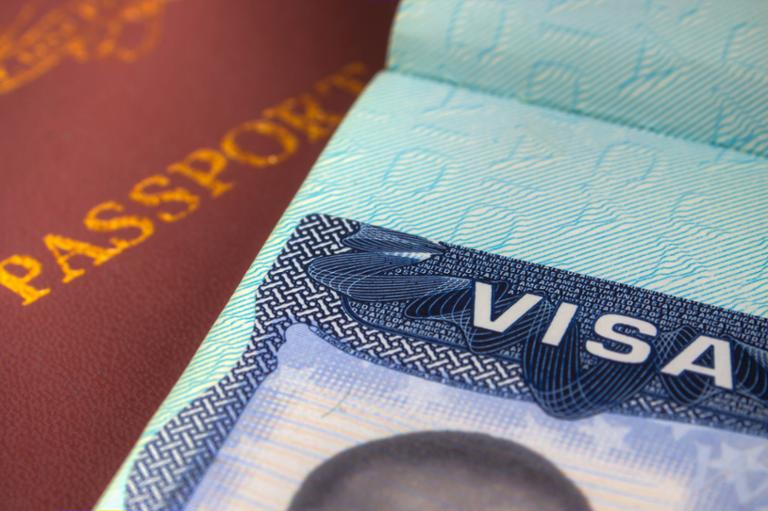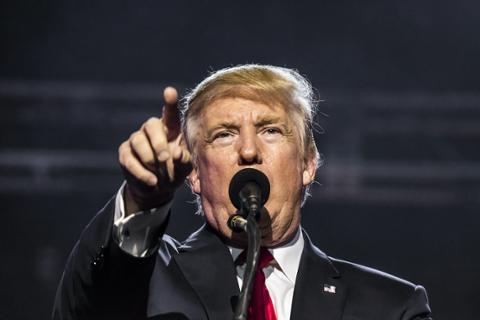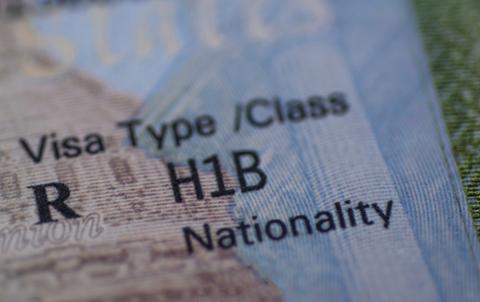The Department of Labor (DOL) has announced its Final Rule that resets wages for workers on the H-1B, H-1B1, and E3 visas. The agency insists that the move will translate into stronger wage protections for U.S. citizens, including technologists.
That the DOL intended to reset wages isn’t a shock; back in October, the agency released its Interim Final Rule and solicited public comment. “After an extensive review of the comments received, the Department has determined that the existing wage methodology undermines the wages and job opportunities of U.S. workers, and that it is in tension with the governing statute,” reads the DOL’s press release breaking down details of the Final Rule.
The goal of the Final Rule, the press release added, is to “improve the accuracy of prevailing wages paid to foreign workers by bringing them in line with the wages paid to similarly employed U.S. workers.” The Rule’s text is available on the DOL website (PDF), and it’s worth reading (or at least skimming), because there are some changes from the Interim Final Rule, including some wage adjustments.
As proposed by the Interim Final Rule, the lowest possible wage that a company can pay an H-1B worker would rise from the 17th percentile of a profession’s income distribution to the 45th percentile. Meanwhile, the uppermost tier would increase from the 67th percentile to the 95th percentile. In the Final Rule, those numbers take a little bit of a haircut, with the Level 1 wage rising to the 35th percentile and the Level IV wage to the 90th percentile.
The DOL also plans on phasing in the wage changes, presumably to limit the amount of disruption for employers. “For many job opportunities, the new wage rates will phase in through two steps over a year and a half period,” the report reads. “For job opportunities that will be filled by workers on track to become lawful permanent residents, and who therefore have greater reliance interests in the old wage methodology, the new wage rates will phase in through four steps over a three and a half year period.”
This wage adjustment has its critics. “There are many problems with the H-1B program, including that there are instances where H-1B workers are replacing U.S. workers,” Sarah Pierce, a policy analyst at the Migration Policy Institute, told CBS News when the Interim Final Rule was published. “And that’s a problem that needs to be dealt with… But the Trump administration is dealing with it by punishing all H-1B workers, and especially those that are working in third-party worksites.”
Indeed, if the wage changes stick, it could have a huge impact on business-services and consulting firms that apply for lots of H-1B workers, who are then subcontracted to other companies (including some of tech’s largest giants). Those consulting firms would end up paying substantially higher wages, negatively impacting their bottom lines. The biggest tech companies, which also heavily lean on the H-1B, would be forced to reconsider how they spend on talent.
But will the Biden administration allow this DOL Final Rule to stand? That’s an open question, especially since the incoming government will have a lot of other issues to tackle in the interim, including the COVID-19 pandemic and its economic effects.



